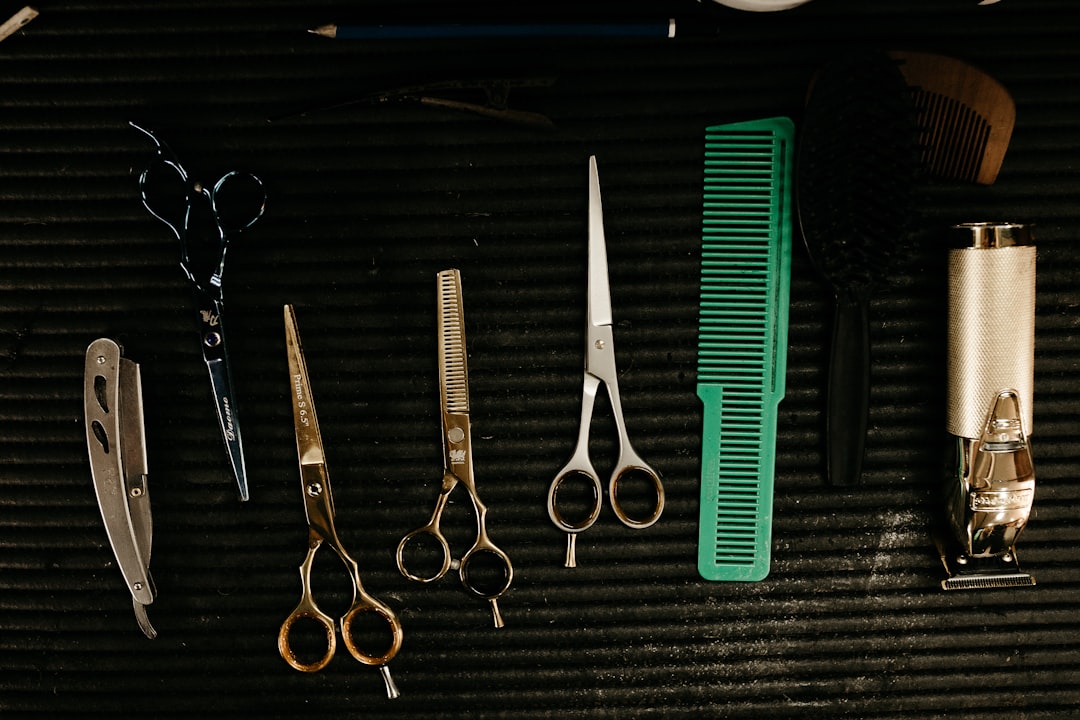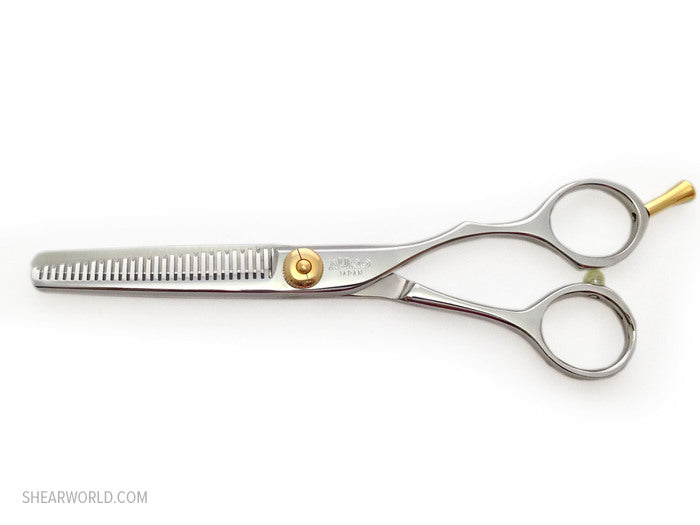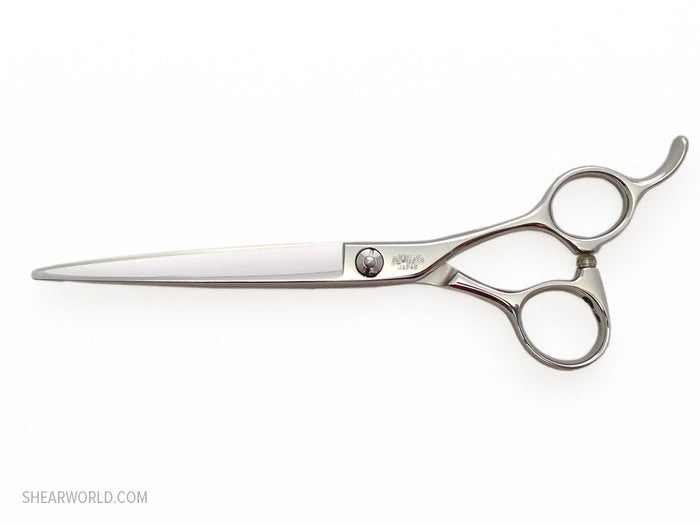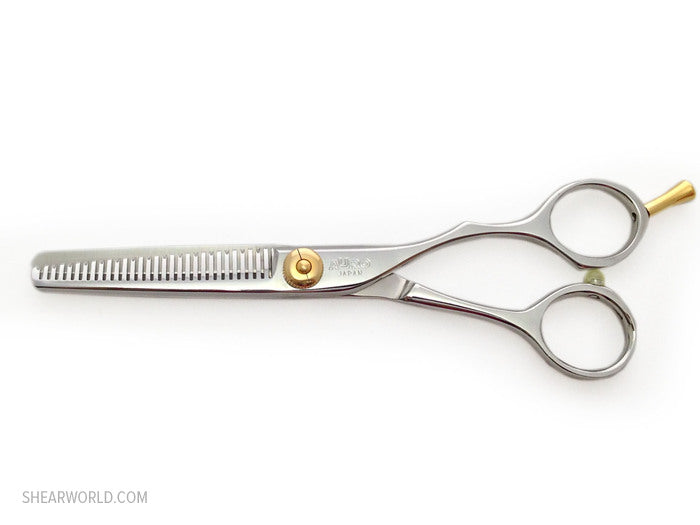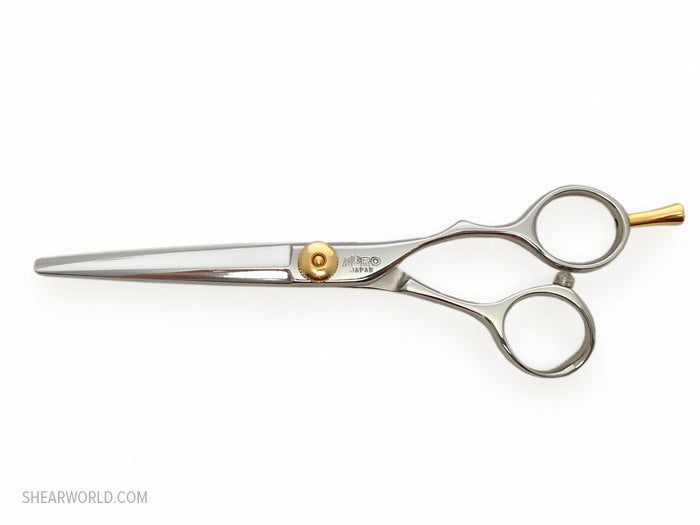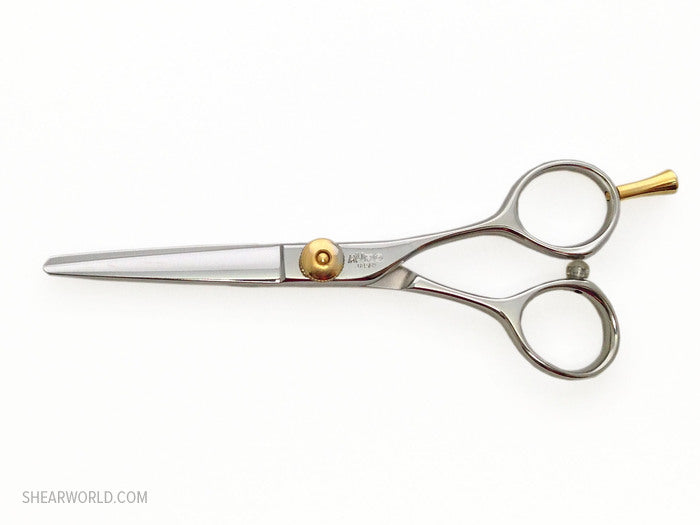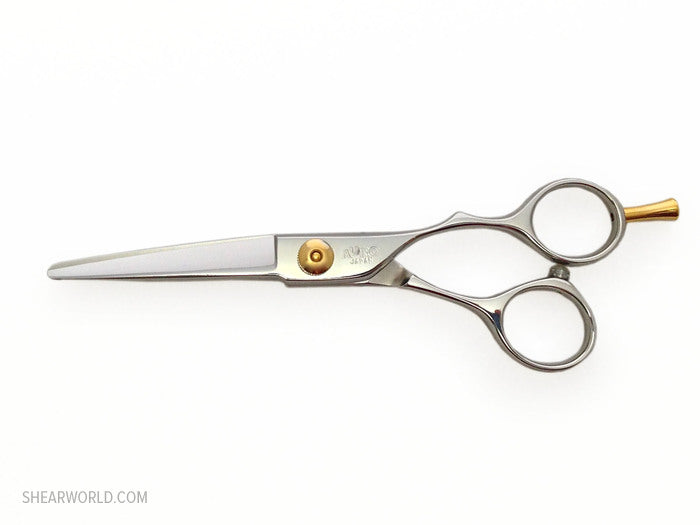Compare Professional Scissor Models in One Place
Steel, edge geometry, handle ergonomics, and verified price guidance—everything you need before investing in a new pair of shears.
- 9 Models Documented
- 6 Blade Shapes
- 12 Steel Grades
- 20 Brands Featured
Photo: Vitor Monthay via Unsplash
How to evaluate scissor specs
Each model profile pulls specs directly from brand sources: steel, hardness, blade design, handle geometry, and manufacturer-recommended use cases. Cross-reference these with your cutting techniques and ergonomics needs.
Use filters to narrow by length, steel grade, handle design, and price tier. Then open the model page for deeper specs, Where to Buy links, and brand context.
- Match length to cutting style (5.5" detail vs 6.5" power).
- Balance steel hardness with maintenance realities.
- Pick handle ergonomics that protect your wrists.
- Verify tension systems and warranty support.
Every scissor tells a story. This catalog documents individual models with verified specifications, real-world price ranges, and engineering details straight from manufacturers.
Professional scissors are precision instruments—steel composition affects edge retention, blade geometry determines cutting action, and handle design influences career longevity. We surface those differences so you can make confident investments.
Data here is independent and free of affiliate influence. Use it to shortlist models, then confirm availability through authorized retailers or brand stores.
How to Read a Model Spec
- Length: 5.0–5.5" for detail; 6.0" versatile daily use; 6.5–7.0" for power/barbering.
- Edge/Blade: Convex for sharp, smooth slicing; beveled/micro‑serrated for control and durability.
- Steel & HRC: Higher HRC holds an edge longer but needs care; mid‑range suits rougher use.
- Handle: Offset/crane reduces wrist strain; swivel helps thumb issues; left‑handed options are specific designs.
- Weight/Balance: Impacts fatigue—match to your technique and hand size.
Compare models within a brand and across brands, then validate availability on the brand page’s Where to Buy section.
Professional Scissors: Technical Questions Answered
Professional scissors feature: forged (not stamped) construction, high-carbon steel that holds an edge, precise tension systems, ergonomic design for 8+ hour days, and warranties backing the investment.
The difference is durability and performance. Professional shears cut cleanly thousands of times daily. Consumer scissors would dull within days of salon use. It's engineering, not marketing.
Teeth count determines removal percentage: 14-25 teeth remove 30-40% (aggressive thinning), 27-35 teeth remove 20-30% (standard thinning), 35-40 teeth remove 10-15% (blending only).
Hair type matters: thick, coarse hair handles lower tooth counts. Fine hair needs higher counts to avoid visible lines. Most stylists find 27-30 teeth most versatile.
Major differences include: steel quality (420 vs VG-10), edge retention (3 months vs 8+ months), manufacturing method (stamped vs hand-forged), warranty terms (90 days vs lifetime), and measurable hand fatigue reduction.
Think investment math: $500 scissors lasting 20 years = $25/year. $100 scissors replaced every 2 years = $50/year. Quality costs less long-term.
Most professionals own 3-7 pairs for different purposes. Slide cutting requires convex edges. Precision work benefits from 5-5.5" lengths. Speed cutting needs 6.5-7" scissors. Texturizing demands specific thinning shears.
Start with versatile basics: one quality cutting scissor (5.5" or 6") and one thinning shear (27-30 teeth). Add specialized tools as your techniques develop.
Thick hair scissors feature: stronger tension systems to handle resistance, thicker blade construction for stability, sometimes micro-serration for grip, and premium steel that maintains sharpness despite heavy use.
Look for scissors with robust pivot systems and slightly heavier construction. Brands often designate specific models for thick hair—these aren't marketing gimmicks but engineering choices.
Studies show 60% reduction in thumb strain with swivel designs. The 30-50% price premium often proves worthwhile for high-volume stylists or those with existing RSI issues. Learning curve typically takes 2-4 weeks.
Not everyone needs them, but for susceptible individuals, swivel scissors can extend careers by decades. Consider them preventive healthcare for your hands.
Measure from your palm to middle fingertip for baseline. Then consider: technique preferences (detail work needs shorter), cutting style (barbering often needs longer), and comfort over full days.
Common uses by size: 5.0"-5.5" for detail and precision, 6.0" for all-purpose versatility, 6.5"-7.0" for power cutting and barbering. Personal preference ultimately rules.
Typical sets include: one cutting scissor, one thinning shear, protective case, maintenance oil, and adjustment tools. Premium sets might add texturizing scissors or multiple sizes. Sets usually save 20-30% versus individual purchases.
Evaluate whether you'll use all components. Sometimes building a custom collection serves better than predetermined sets.
Limited editions typically feature cosmetic differences (special coatings, unique colors) or premium materials (Damascus steel, titanium) rather than functional improvements. Performance usually matches standard models.
They appeal to collectors and professionals wanting unique tools. If the aesthetic inspires you or the materials offer specific benefits, they're worthwhile. Otherwise, standard models perform equally.
Student scissors ($150-300) balance affordability with professional features. They use good (not premium) steel, simpler tension systems, and basic ergonomics. Perfect for learning without major investment.
Upgrade after 6-12 months once you understand your preferences. Don't go below $100—poor tools develop bad habits and potentially damage hair.
Understanding Professional Scissors
Size Considerations
Length affects leverage and control. Shorter scissors offer precision, longer provide power. Match size to your hand and primary techniques.
Handle Ergonomics
Offset reduces wrist strain. Crane enables elbow-down cutting. Straight suits traditional techniques. Swivel prevents repetitive stress.
Tension Importance
Proper tension ensures clean cuts. Too loose causes folding. Too tight accelerates wear. Daily adjustment maintains optimal performance.
Professional Scissor Steel Types
Japanese Steel Grades:
- 440C: Entry-level Japanese steel (58-60 HRC). Good edge retention, easier sharpening. Found in $200-400 scissors.
- VG-10: Premium steel (60-62 HRC). Excellent hardness, superior edge retention. Standard in $400-800 scissors.
- ATS-314: Super steel (62-63 HRC). Extreme hardness, longest edge retention. Premium scissors $800+.
- Damascus: Layered steel construction. Beautiful patterns, exceptional performance. Luxury segment.
German Steel: Typically 4034 or 4037 grades. Softer (56-58 HRC) but more forgiving. Easier maintenance, resistant to damage.
Higher HRC means longer edge retention but requires careful handling. Choose based on your maintenance preferences and cutting volume.
Professional Scissor Care
Daily Maintenance:
- Wipe blades after each client (removes product buildup)
- Oil pivot point daily (one drop sufficient)
- Check tension before each shift
- Store in protective case
- Never cut anything except hair
Weekly Deep Cleaning:
- Clean with 70% isopropyl alcohol
- Check all screws for security
- Inspect edge under magnification
- Clean finger holes thoroughly
Professional Servicing: Every 700-1000 cuts or when performance decreases. Use only certified sharpeners—improper sharpening permanently damages scissors.
Building Your Professional Collection
Year 1-2 Foundation: Start with one quality cutting scissor (5.5" or 6") and one thinning shear (27-30 teeth). Budget $400-600 for lasting quality.
Year 3-5 Expansion: Add specialized sizes (detail or longer length), different thinning shear tooth counts, and possibly technique-specific scissors. Budget $300-500 annually.
Advanced Collection: Multiple scissors for different techniques, backup pairs for essential sizes, specialty tools for signature techniques. Investment varies by specialization.
Smart Purchasing:
- Buy the best quality within your budget
- Consider payment plans for major purchases
- Time purchases around industry sales
- Keep older scissors as backups
- Insure scissors valued over $500


